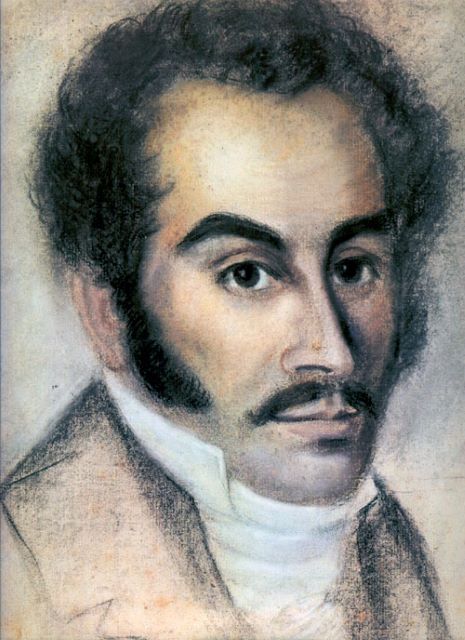From Revolution to Father of the Nation: Biography of Simon Bolivar
All about Simon Bolivar's life, from his childhood to his military campaigns, political accomplishments, and lasting legacy. Whether you're a history buff or just curious about one of the most important figures in Latin American history, this article has everything you need to know about Bolivar.





